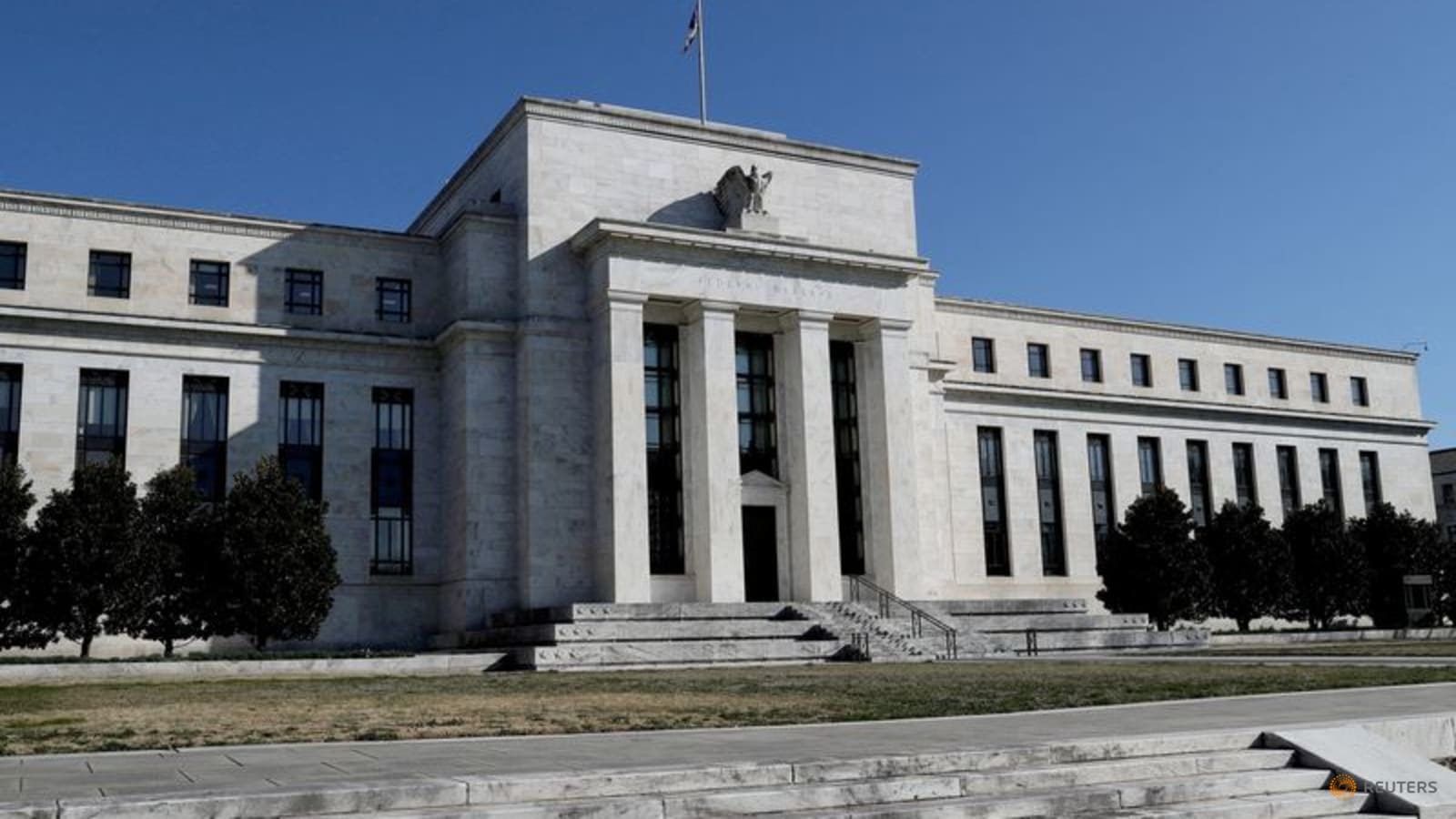NEW YORK: The Federal Reserve’s preferred bond market signal of an upcoming recession has plunged to fresh lows, bolstering the case for those who believe the central bank will soon need to cut rates in order to revive economic activity.
Research from the Fed has argued that the “near-term forward spread” comparing the forward rate on Treasury bills 18 months from now with the current yield on a three-month Treasury bill was the most reliable bond market signal of an imminent economic contraction.
That spread, which has been in negative territory since November, plunged to new lows this week, standing at nearly minus 170 basis points on Thursday (Apr 6).
Fed Chair Jerome Powell said last year that the 18-month US Treasury yield curve was the most reliable warning of an upcoming recession.
“Powell’s curve … continues to plunge to fresh century lows,” Citi rates strategists William O’Donnell and Edward Acton said in a note on Thursday. Refinitiv data showed the curve was the most inverted since at least 2007.
Recession fears have surged in recent weeks, with investors worried the tumult in the banking system sparked by the March collapse of Silicon Valley Bank will tighten credit conditions and hurt growth.
The Fed over the past year has embarked on one of its most aggressive rate hiking cycles in decades to defeat inflation, and has forecast borrowing costs will remain around current levels to the end of 2023. But market participants believe tighter monetary policy is already starting to hurt growth and are betting on rate cuts later this year.
When looking at that curve inversion in light of recent declines in economic indicators and money supply, “it’s not hard to see why markets may be increasingly thinking ‘policy error’ when reading about further rate hikes,” Citi’s analysts said.
Continuing its inflation-fighting campaign, the Fed last month raised interest rates by a quarter of a percentage point, though it indicated it was on the verge of pausing further increases in borrowing costs after the banking turmoil.
Some Fed officials have recently argued for more hikes, with St. Louis Fed President James Bullard saying on Thursday that the Fed should stick to raising interest rates to lower inflation while the labor market remains strong.
Money market investors, however, on Thursday were largely betting the Fed would have cut rates by about 70 basis points by December, from the current 4.75%-5% range.
“All this tightening of financial conditions, with the Fed raising rates significantly, now it’s morphing into maybe a little bit of a credit tightening,” said Jack McIntyre, portfolio manager at Brandywine Global.
“Our conviction level down the road is that rates are going to be lower,” he said.

